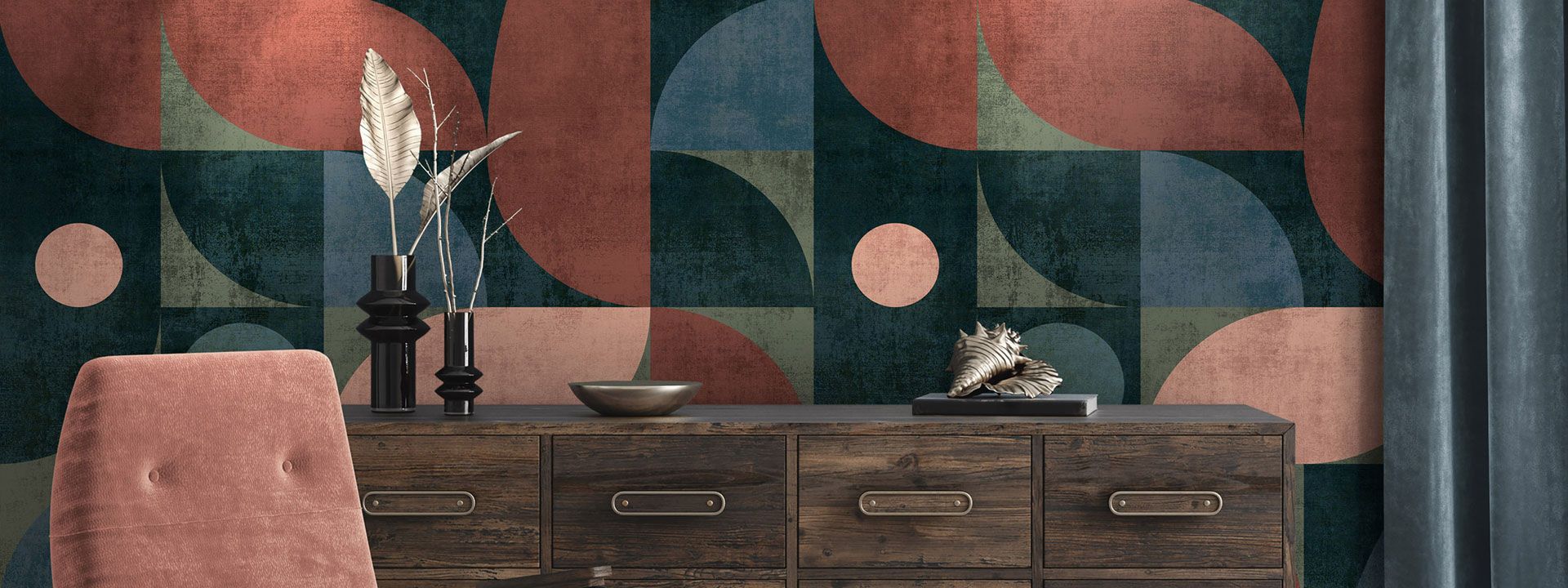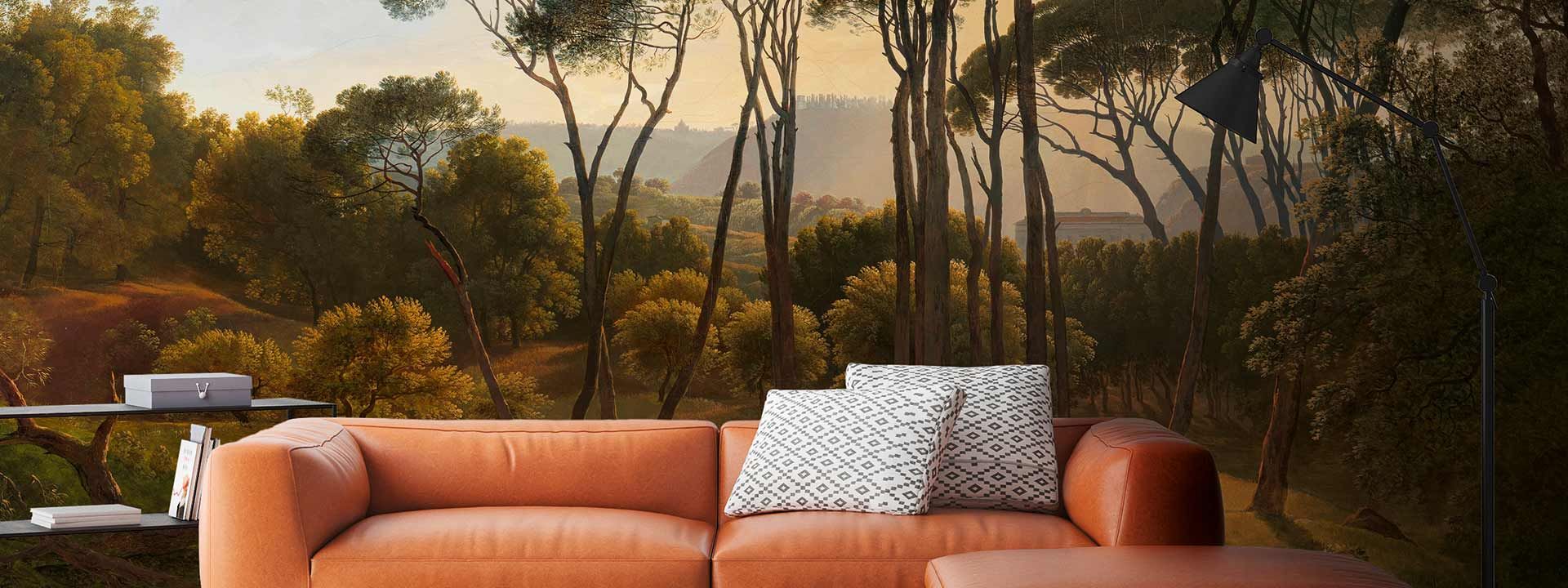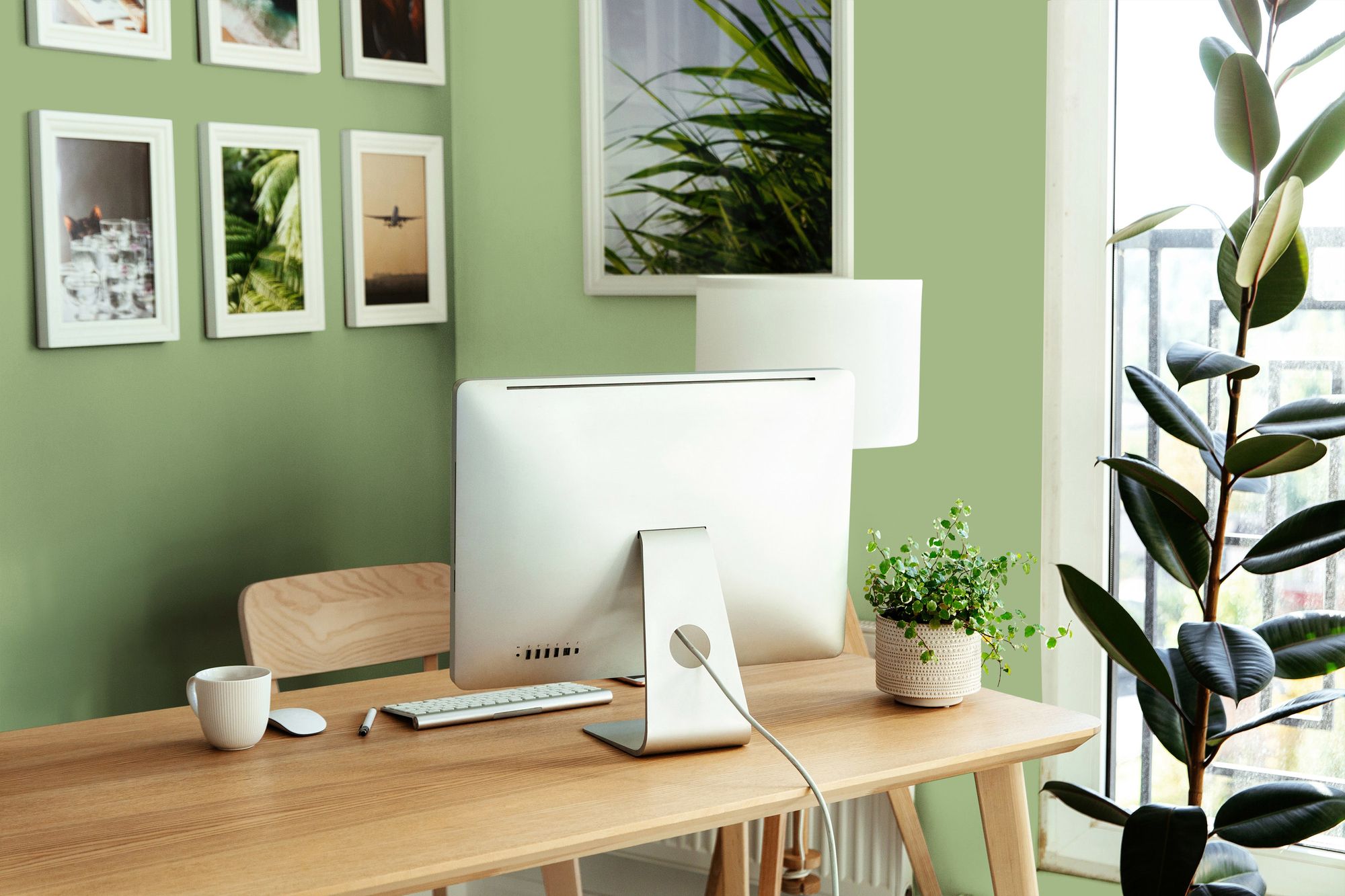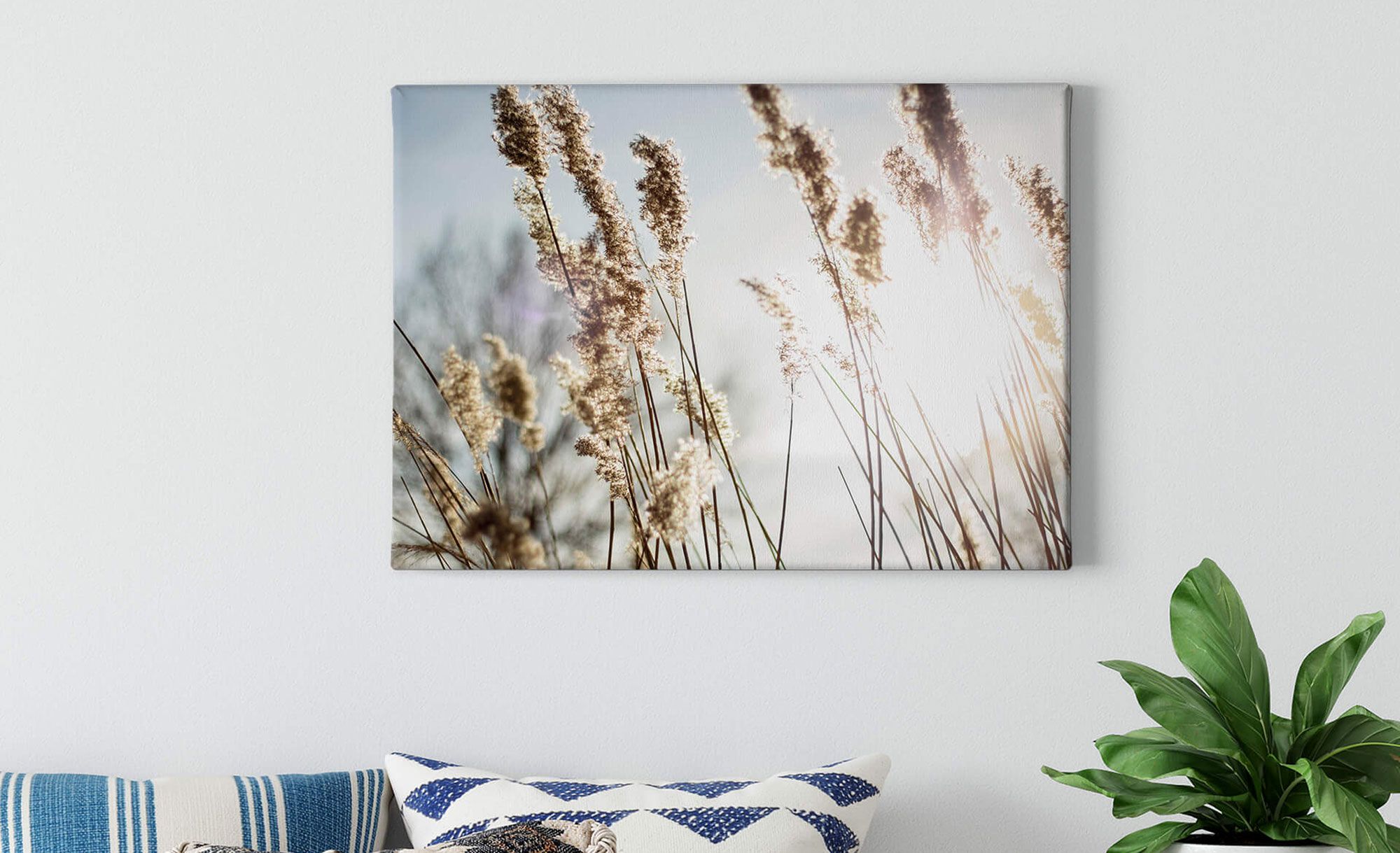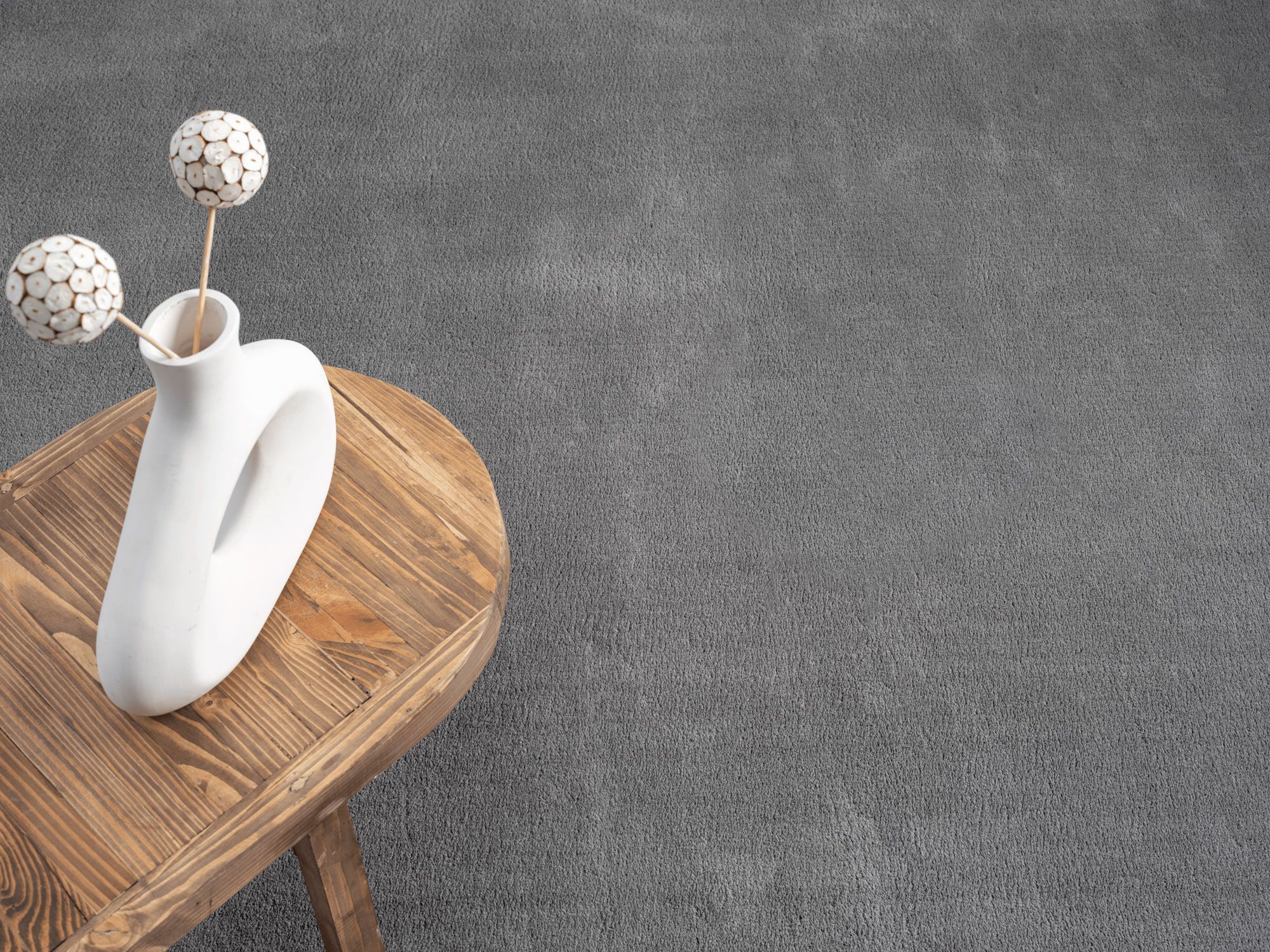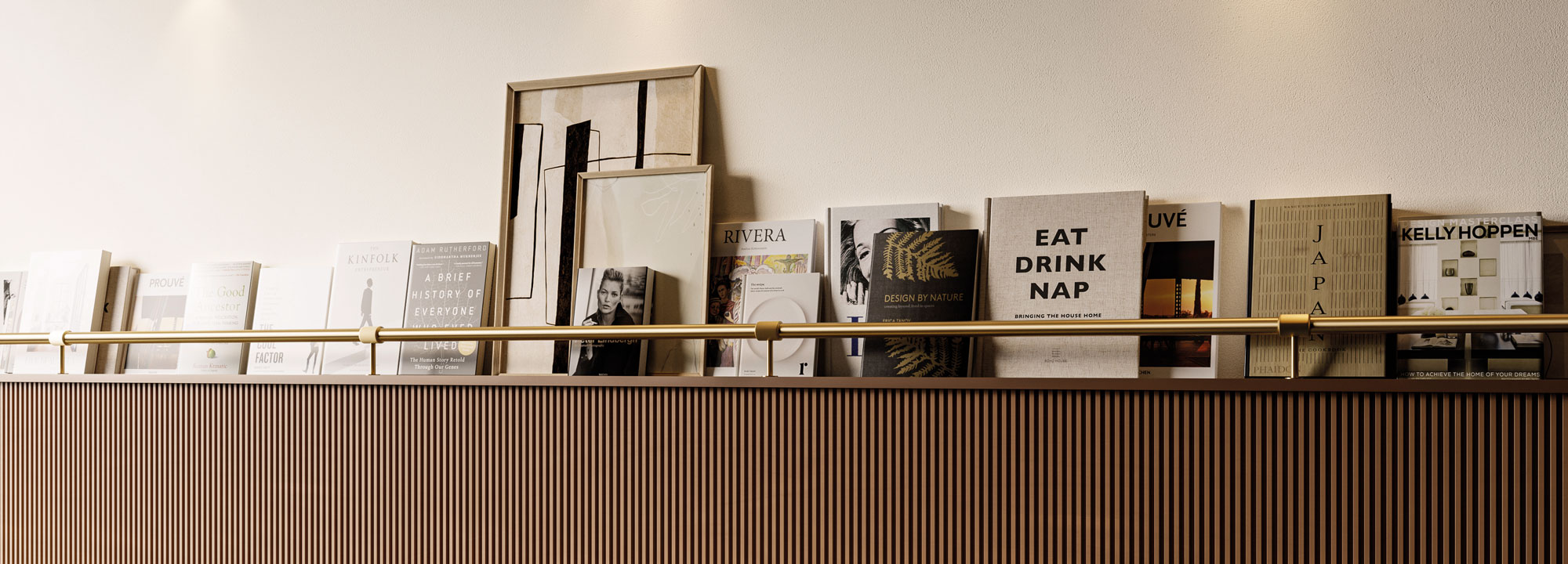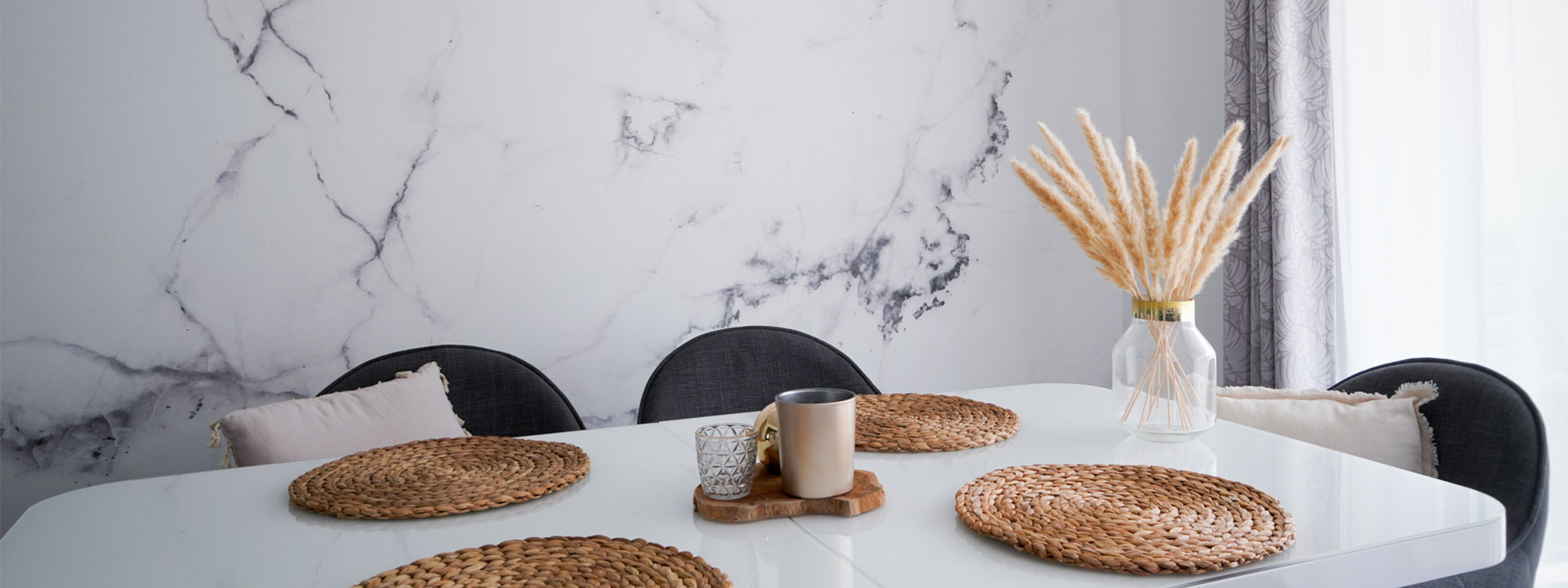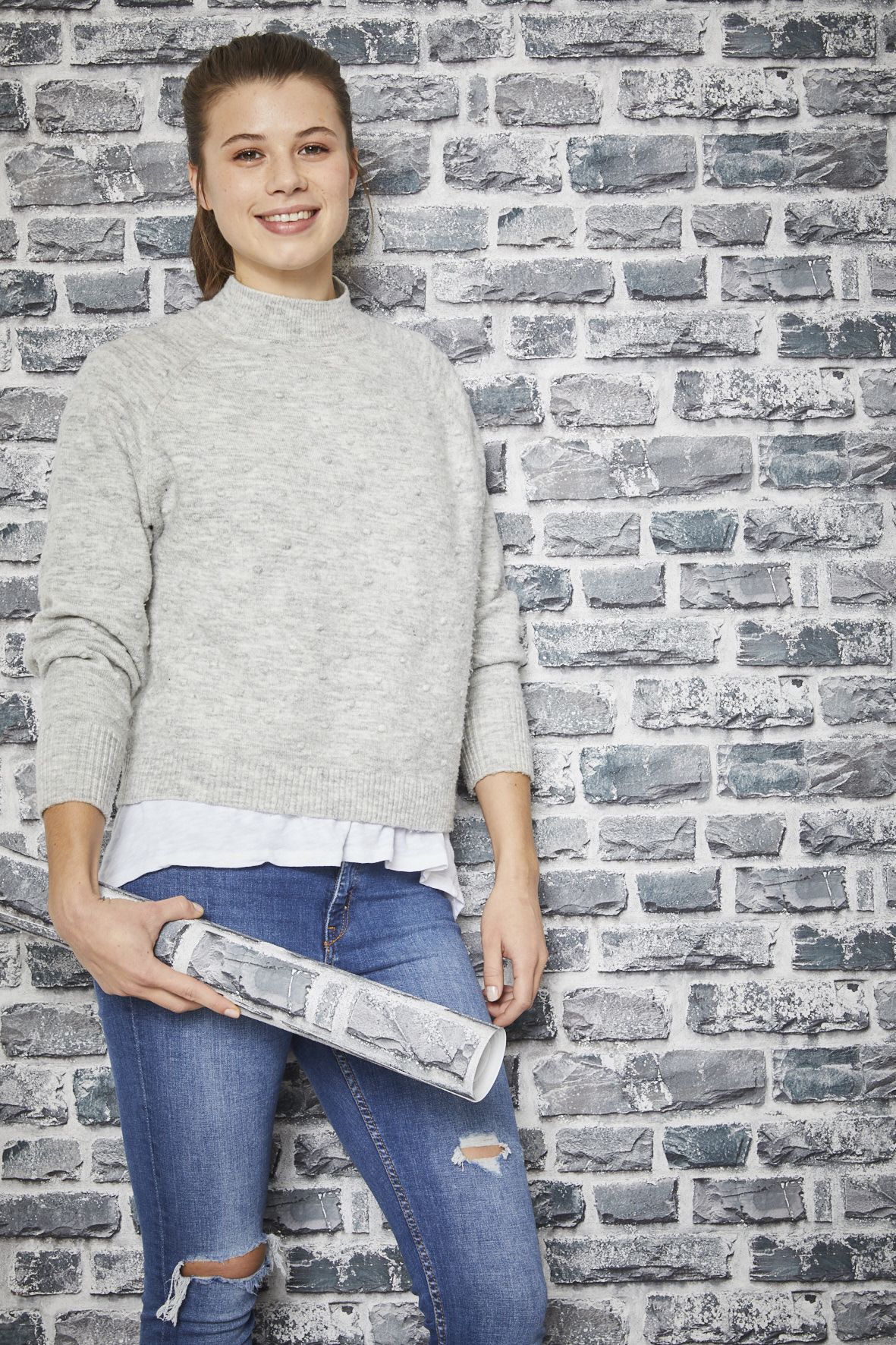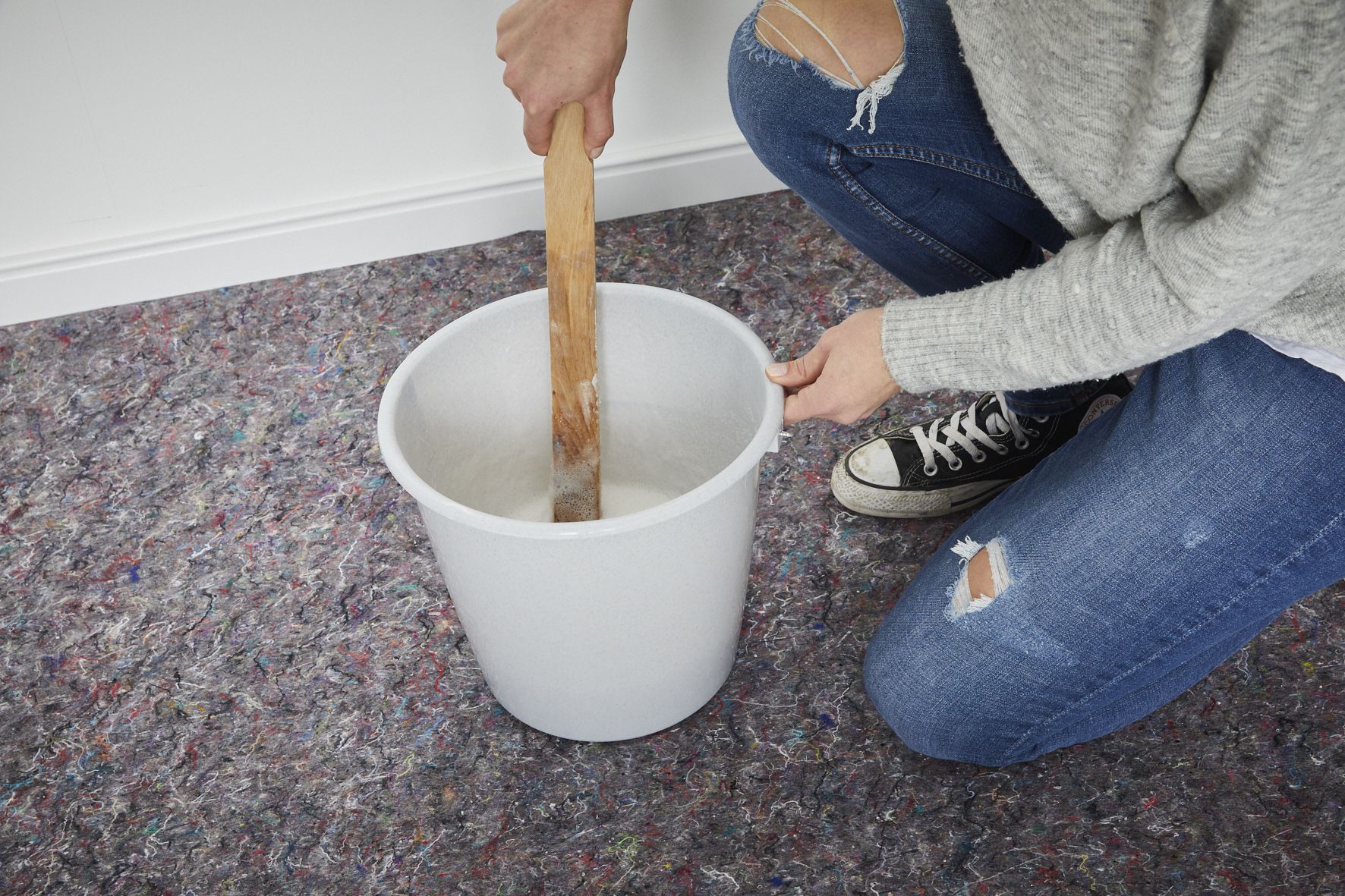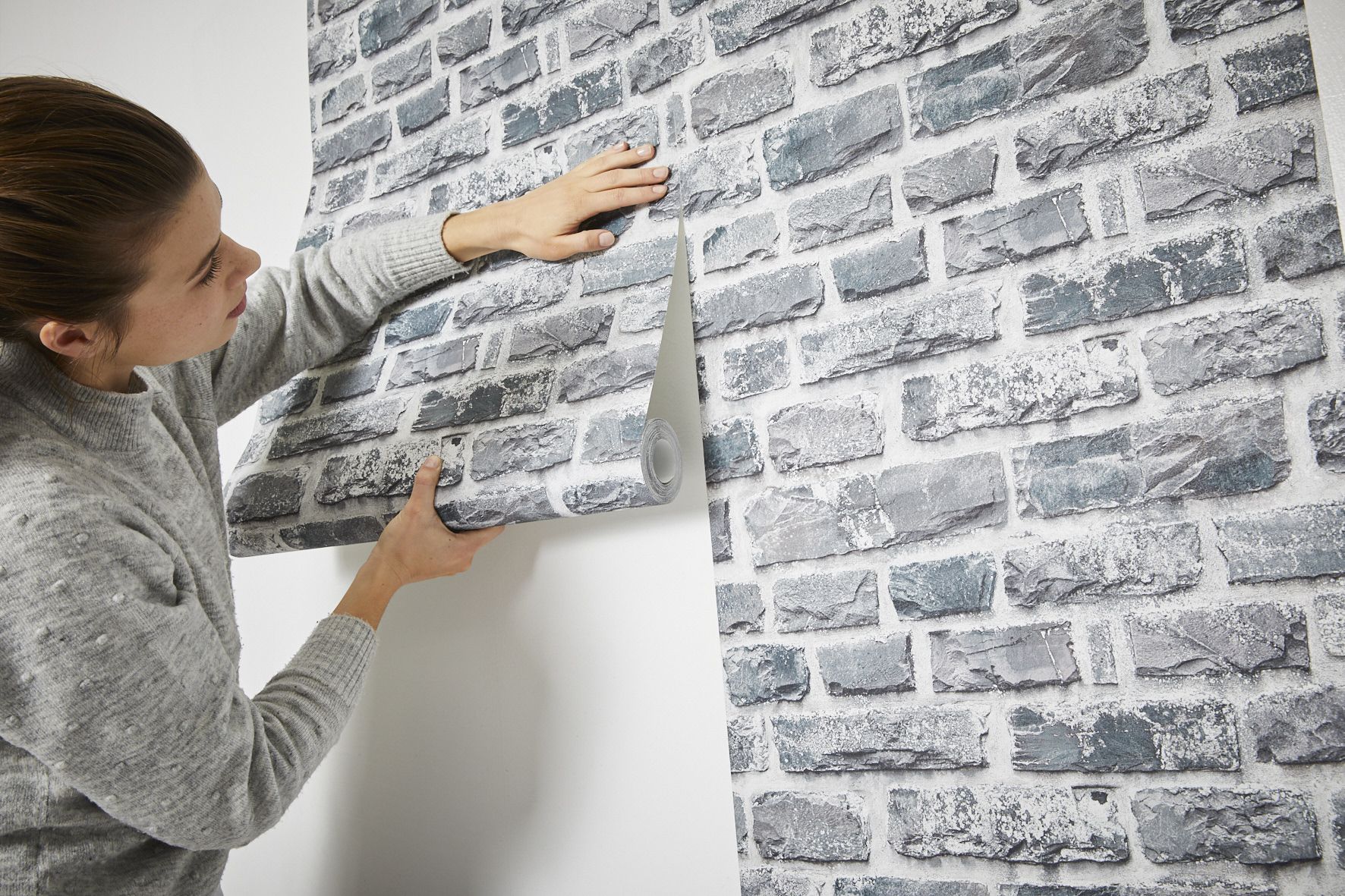Remove old wallpaper and hang new wallpaper correctly
You need to change your wallpaper, and you’ve bought new wallpaper already but you don’t know how to get the old wallpaper off your wall and/or how to hang wallpaper properly?
‘Wallpapering over wallpaper’ is an absolute NO GO – so here we explain to you how to get rid of your old wallpaper quickly and how to hang your new wallpaper with ease.
Removing old wallpaper:
If you don’t want your new wallpaper to come straight back off, you should remove the old wallpaper completely. This helps prevent tension and moisture build-up and the new wallpaper ends up holding up really well and looking good.
Ideally, you have non-woven wallpaper on your walls, as this can be removed from the wall dry, leaving no residues. If you don’t have non-woven wallpaper or some residues still remain on the wall, then it usually suffices to soak the old wallpaper in lukewarm water.
If this doesn’t work, wallpaper solvent can also be added to the water.
Give everything a bit of soaking time, and you will be able to scratch off any wallpaper residues with a wallpaper scraper or spatula.
You can create small holes in washable wallpaper with a perforating roller so that the soaking agents can penetrate better through the openings.
Now the old wallpaper is gone. It’s time to get started with the new wallpaper.
Check in advance:
The substrate must be clean, dry, slightly absorbent, sound, smooth and solid.
If you find any unevenness, you should improve them, i.e. fill in holes and prime the wall if necessary.
Off we go – it’s time to hang the wallpaper:
First of all, stir up the paste according to the instructions.
Spoiler alert: Always use cold water.
In the meantime, you can mark out a vertical line for the first strip using a spirit level.
With non-woven wallpapers , you have the choice between ‘paste-the-wall’ and ‘paste machine’. We prefer the paste-the-wall technique – but if you prefer to work with a paste machine, then do so by all means.
Paste machines allow you to apply an even layer of paste on the wallpaper with ease.
For paper wallpapers and textured wallpapers, you should pay attention to the instructions on the insert as well as the soaking time.
You can now hang the wallpaper strips one by one on the still-damp pasted wall.
Very important: to ensure that there are no gaps/seams between the individual strips of wallpaper, you must push the edges very close together to achieve an even result. There should be no tension on the seam, as otherwise, the wallpaper can edge up as it dries.
A little tip from the experts: A wallpapering brush – a great tool! Use it to brush the air away from top to bottom and slightly to the side, and then press the wallpaper onto the wall with a pressure roller without bubbles. If you then use a seam roller at this point, the seams will no longer be visible.
Always make sure you have achieved the right offset (repeat) when working with patterned wallpaper .
You can easily cut off any edges at the top and bottom with a wallpaper tear-off edge/wallpaper spatula or with the help of a pressure spatula and cutter .
Attention: Close windows to avoid draughts and ensure that a room temperature of approx. 15-20 °C is maintained. A dust-free, clean room should make the work easier.
Aannd DONE!
Matched with your favourite furniture and the right decorative items, your wall will now look great.
Click here for:
If you haven’t found the right wallpaper for you – you will find our current trends here .
Here you can filter and search by colour, pattern and material.
Have fun wallpapering!!

